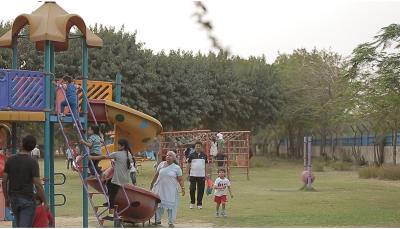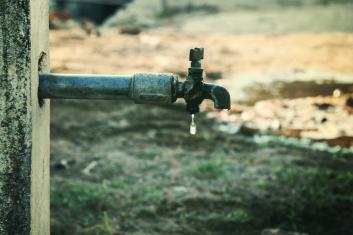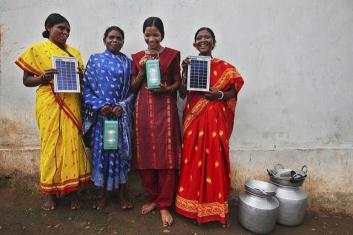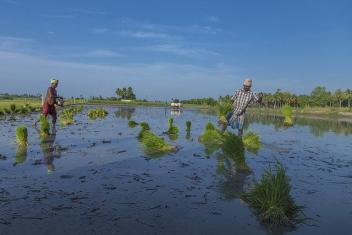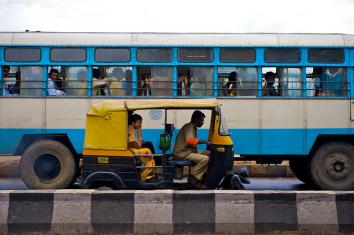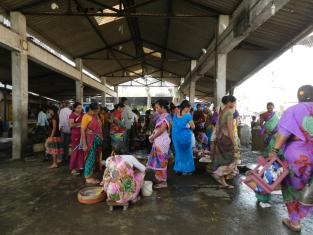Reconfiguring public spaces within the new normal
by e -A slightly modified version of this piece appeared on Times blog on May 11.
Social distancing, isolation and locking down of cities and oneself is the norm in times of the COVID-19 pandemic. With this, inequality in cities has been laid bare, exposing the startling vulnerability of the urban poor. The current economic slowdown is being...

